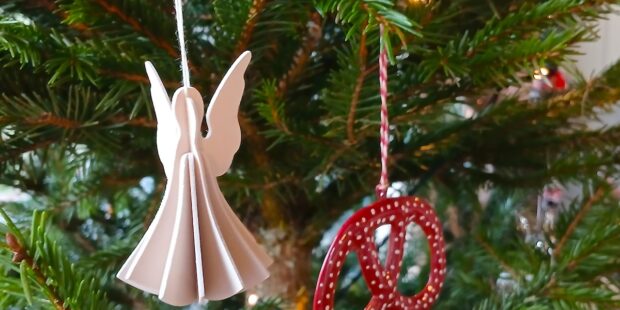In memory of Žorik
 A small cat is also depicted on the statue. Žorik used to move around with the cats in the neighbourhood and sleep next to them, guarding them.
A small cat is also depicted on the statue. Žorik used to move around with the cats in the neighbourhood and sleep next to them, guarding them.

Ville Hytönen's column
Ville Hytönen is a Finnish journalist-writer living in Suurupi, Harku.
In January 2022, A character of Põhja-Tallinn died. It shocked Tallinn’s fishermen so much that they organized a candlelight vigil near a statue. Estonian television filmed tearful North Tallinn residents laying flowers at the memorial.
It was not for the death of a popular Estonian musician, actor, artist, politician or business person, but a dog; a common stray dog of the Kalamaja district, the last of its kind.
He was Žorik (2007–2022).
As an old resident of northern Tallinn, I myself have come across Žorik a few times. Heading back from the bar in the evening on the quiet Soo street or resting on the heated train rails in Kopli. I suffered from a fear of dogs myself, but Žorik never scared me. He was a timid and cautious dog, who nevertheless retained his interest in people.
The Animal Protection Society states on its website that Žorik was born on the corner of Suur-Patarei street in 2007 and spent his first years living with an old man, but the man died when Žorik was only a couple of years old. After that, he lived around the port of Paljassaare and from time to time near Tööstuse street, on the outskirts of the garages there.
As the only stray dog in the area, he always managed to stay out of reach of the cars and survived by fishermen offering him food and a warm place to sleep. Over the years, his hearing deteriorated, and old age began to take his strength. Pictures of the local celebrity in bad health started appearing in Kalamaja’s Facebook group. In 2020, it started to seem that Žorik was in such bad shape that the animal protection association took the dog, promising to pay for the care he needed until the end of his life. He got his first home for many years with a Finnish man in Maardu.
Everyone had been friends with the most famous dog in Kalamaja. The prosperous middle class of Kalamaja taught their children that Žorik was not to be feared; the homeless alcoholics of the westernmost cape, the so-called Kopli men, considered him their friend; artists depicted him in their projects, and poets wrote poems about him.
Sculptor Kain Rezev even made a sculpture of Žorik, which was erected in front of the new Arsenal Keskus shopping centre on World Animal Day in October 2020. The event received a lot of attention in the international press.
The statue also depicts a small cat at Žorik’s feet. It is said that Žorik had a cat friend for some years, but it got run over by a car on the streets of Kalamaja. However, even after his friend’s death, Žorik still used to move around with the cats in the neighbourhood and sleep next to them, guarding them.
The Žorik sculpture was not the only one of its kind, in Tartu a bas-relief was unveiled in the Supilinna district of the city in memory of a stray dog named Riku. However, Žorik became so famous that the Arsenal Keskus was visited just to catch a glimpse of the famous dog. His favourite place being a small shop next to the centre’s parking lot, where the residents of Kalamaja who knew the dog would give their friend some sticky sausages.
There was something about Žorik that the people of the hipster district wanted and could identify with. The people of Kalamaja saw in Žorik a symbol of the neighbourhood’s identity. He was a rascally soul who was an Estonian introvert, but always wanted freedom.
Traditionally, speaking from the animal’s point of view has been condemned as humanizing. The animal has been thought of almost as a machine, a being that is driven only by the pursuit of food and warmth. Philosopher Elisa Aaltola criticizes the way of thinking she calls mechanomorphy.
“For example, a dog really gets pleasure from contact with a human and is curious to experience new things,” says Aaltola in an interview with Helsingin Sanomat. “This is not humanizing but information based on empirical research.”
It was easy to see Žorik as an individual. He had his own special characteristics and a rather unique personal history. Even in his last years, Žorik felt a longing for freedom, and even though good conditions had been arranged for him, the dog had to escape from his garden in Maardu to go on trips to the surrounding area. He was a truly intelligent, empathetic and vivacious character.
To learn more about this and similar topicsArsenal Keskus Dog Kalamaja Maardu Norh Tallinn Põhja-Tallinn Tallinn Žorik









